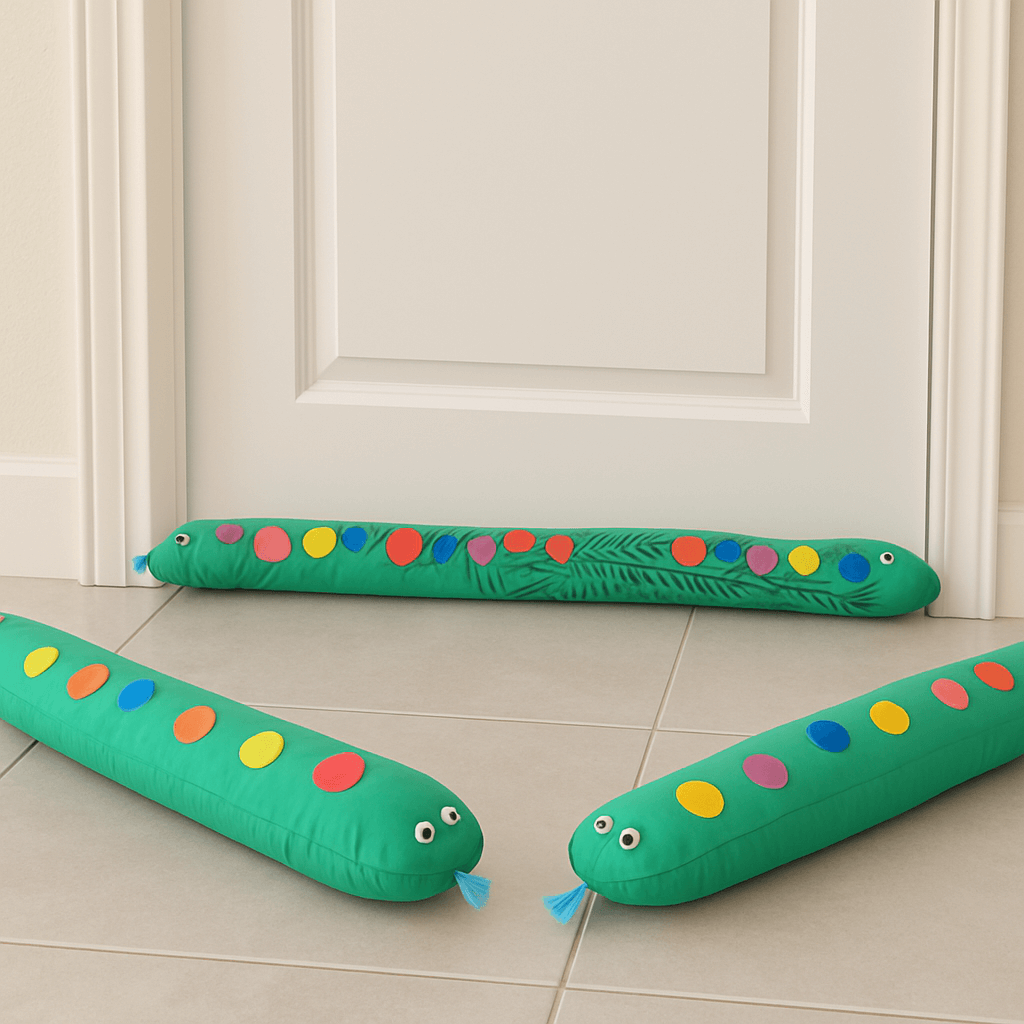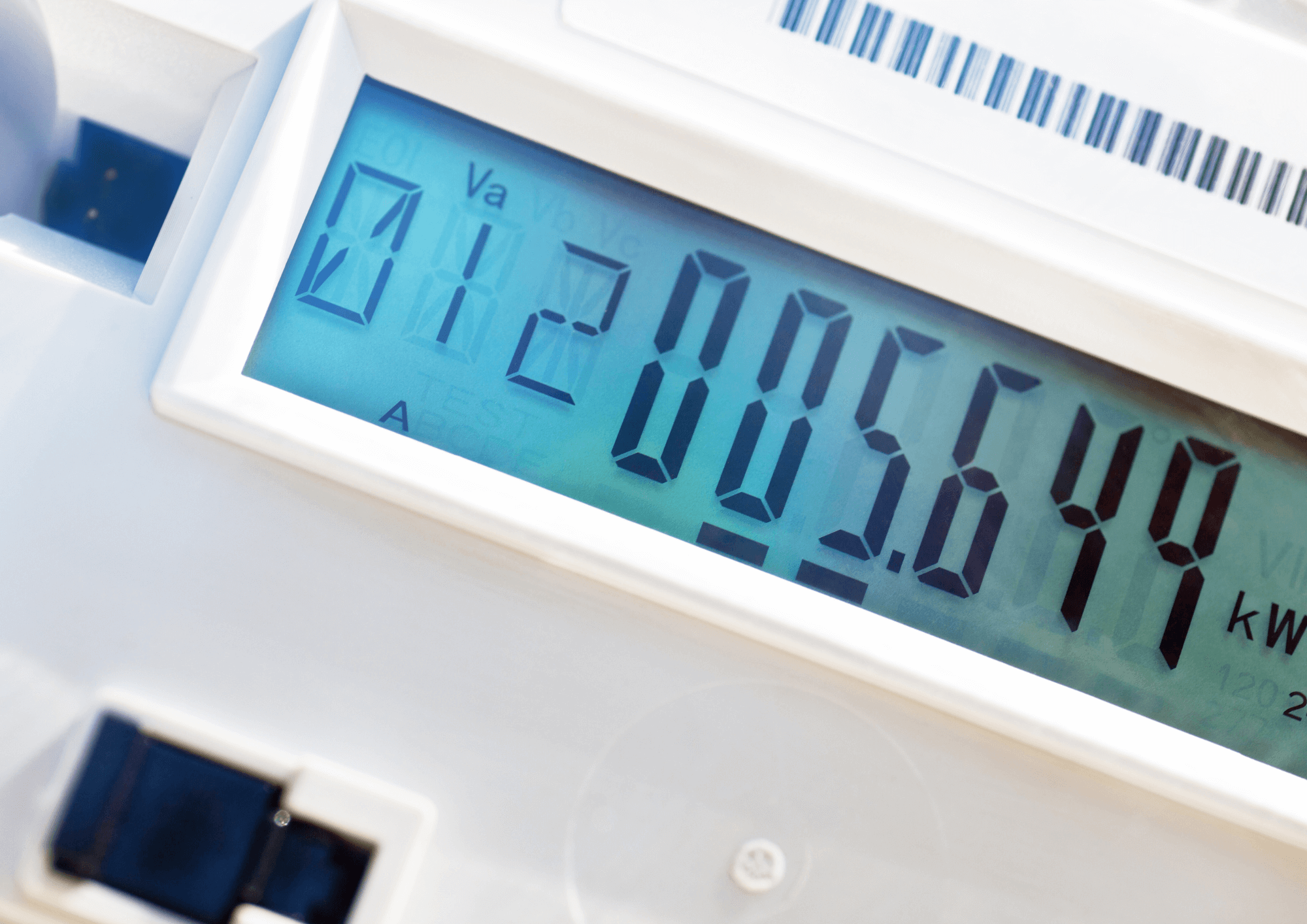REDUCE WASTE, REDUCE EMISSIONS, GREEN GARDENING
How a bokashi bin can help lower your food waste
Whether you’re new to composting or a seasoned composter, adding a bokashi bin to your repertoire can be a gamechanger in reducing your food waste, writes Cherie Pasion.
While the most effective way to reduce food waste is to avoid it altogether, bokashi bins have a role to play in helping address Australia’s growing food waste issue.
Bokashi is a fermentation process that enables a variety of food types that traditionally can’t be added to compost, to be composted. Plus, while all households can benefit from having a bokashi bin, it’s especially useful as a compact and clean solution to food waste for space-limited households.
Bokashi bin – what is this thing?
Bokashi comes from Japan, and it refers to the use of microorganisms to ferment food, which is then buried and converted to soil (i.e. composted) in a matter of weeks. This practice has been used for centuries by Japanese farmers, and popularised by Dr Teruo Higa in 1968, who recognised the optimal combination of microorganisms to quickly complete the fermentation process.
Fast-forward to now, bokashi bins are widely available across Brisbane in a range of sizes and brands. These modern solutions involve an airtight bucket that has a compartment for collecting the bokashi-liquid and a tap to drain. To compost, simply fill with your Bokashi Bin with food waste and along the way add the supplied spray or bran. This is the secret ingredient that will ferment your food waste. You can also remove air pockets with mashing utensils that are provided in the pack.
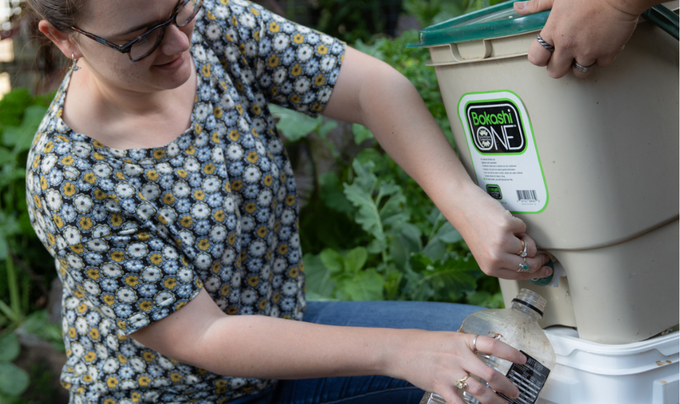
Why would you need a bokashi bin?
The food waste figures in Australia are staggering. According to Food Bank, 7.6 million tonnes of food is wasted each year, with Australian households accounting for 2.6 million tonnes. Astonishingly, 70% of this waste is perfectly edible.
On ABC’s War Against Waste series, Craig Reucassel highlighted this household food waste is the equivalent of filling the Melbourne Cricket Ground (MCG) six times. Australians throw out 1 in 5 shopping bags, with 60% of the residential waste sent to landfill being food or garden organic. Unfortunately, food and garden waste in landfill turns into methane, a greenhouse gas 28 times more damaging than carbon dioxide.
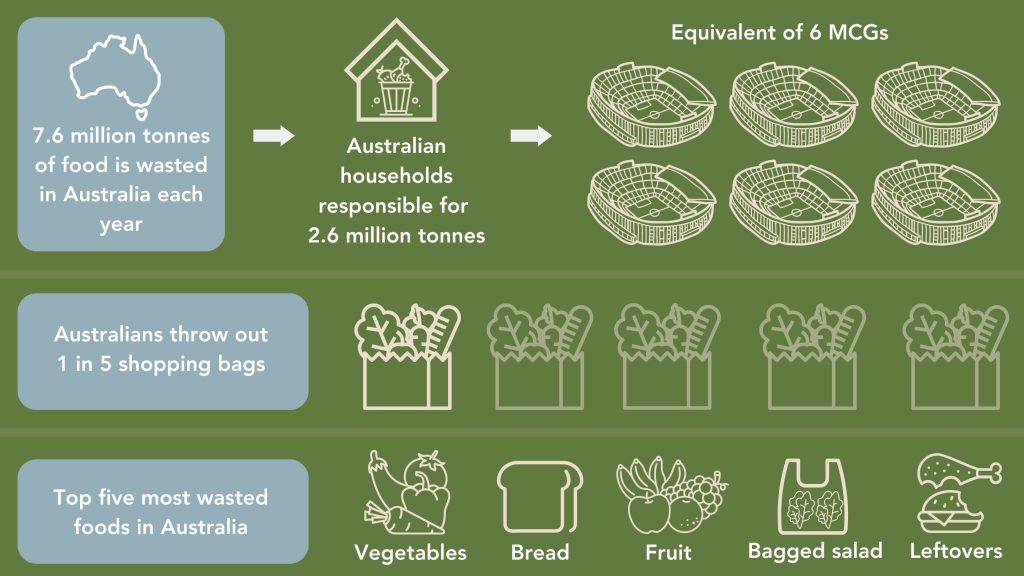
National and global food waste is a complex issue that requires a broad range of systemic and individual change, one of which involves diverting food waste from landfill through composting, either in a backyard, community or commercial composter.
Research by Oz Harvest found the top five most wasted foods in Australia are vegetables, bread, fruit, bagged salad and leftovers. In helping to mitigate this waste, the humble bokashi bin has a role to play, as it:
- Accepts any type of food scraps – including cooked food and leftovers, bread, meat, dairy, onion, citrus, i.e. those items that typically your traditional compost bin and worm farms may not accept and often get thrown into landfill instead.
- Is a solution that can be utilised by households who traditionally may not think they can compost – i.e. rental properties, apartments, townhouses and duplexes.
- Is low-maintenance has minimal smell and is pest-free.
How does it work?
Bokashi uses an anaerobic process (created by a lack of oxygen) to ferment food scraps. It’s straightforward to use with these steps:
- Empty your food scraps into your bokashi bin in 3-5cm layers.
- Evenly sprinkle a handful of the bokashi bran mix or spray the enzyme mix over the layer of food scraps.
- Mash the scraps down using an old potato masher to push excess air to the surface and push moisture / liquid down.
- Regularly (once or twice a week) drain the ‘bokashi tea’ – which can be used either diluted (1:100) as a fertiliser for your plants or poured undiluted down your drains to remove algae build-up and add healthy bacteria to your drains and waterways.
- Repeat steps 1-4 until the bokashi bin is full. Then let it sit for two or so weeks to ferment further.
- Once the bokashi bin is full and fermented it can be buried into soil, taken to a community compost hub, donated via the ShareWaste app, added to your traditional compost bin or added to a ‘soil layer garden’ – i.e. there are options for everyone (more detail to come).
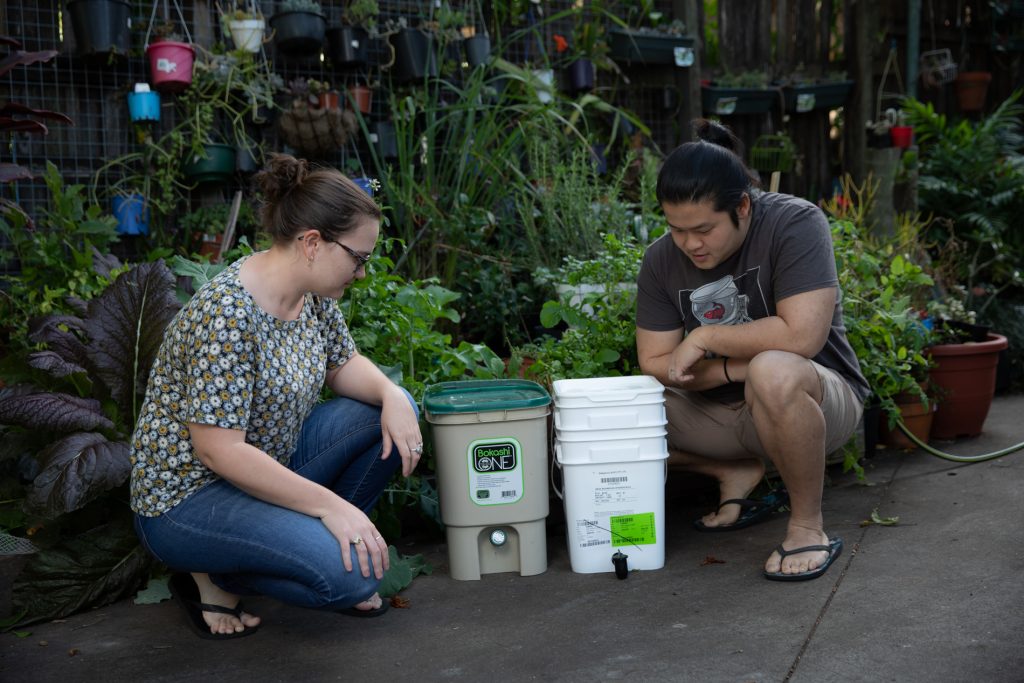
If you want to see the full ins-and-outs, our friends at Compost Revolution have developed a great step-by-step tutorial on how to use a bokashi bin and how to troubleshoot any issues you may have:
What to do with the contents
Admittedly, filling up the bokashi bin is the easy part and the messy part is considering what to do with it when it’s full. Thankfully, the options are flexible and plentiful, so there will be a solution that suits you:
If you have a garden or compost bin:
- If you have ample space, dig a hole in the garden and empty the contents of the bin into the hole, covering with a layer of soil. Be careful that the bokashi contents don’t come in contact with plant roots, as the acid and nitrogen will burn the roots and damage the plant. The scraps will then break down in the soil in about two weeks or longer.
- If you have a compost bin, simply add the contents of the bokashi bin to the compost bin and add an equal amount of ‘brown’ composting materials (i.e. carbon-rich materials such as dried leaves or shredded paper/cardboard).
If you don’t have ground space or a compost bin:
- Create a ‘pot of gold’ on your balcony or in your garage. This is an empty bin, pot, container or tub that you can fill with a layer of soil or potting mix. Then empty the contents of your bokashi bin, and cover with two parts of soil or potting mix on top. Let it breakdown and then you’ll have compost to add to your balcony garden or give away to a friend.
- Donate to a friend or neighbour who might like to add to their garden or compost bin (and follow the steps above).
- Take it to a local Brisbane community compost hub
- Sign-up to ShareWaste, a fabulous community resource that allows you to find a willing recipient in your local community.
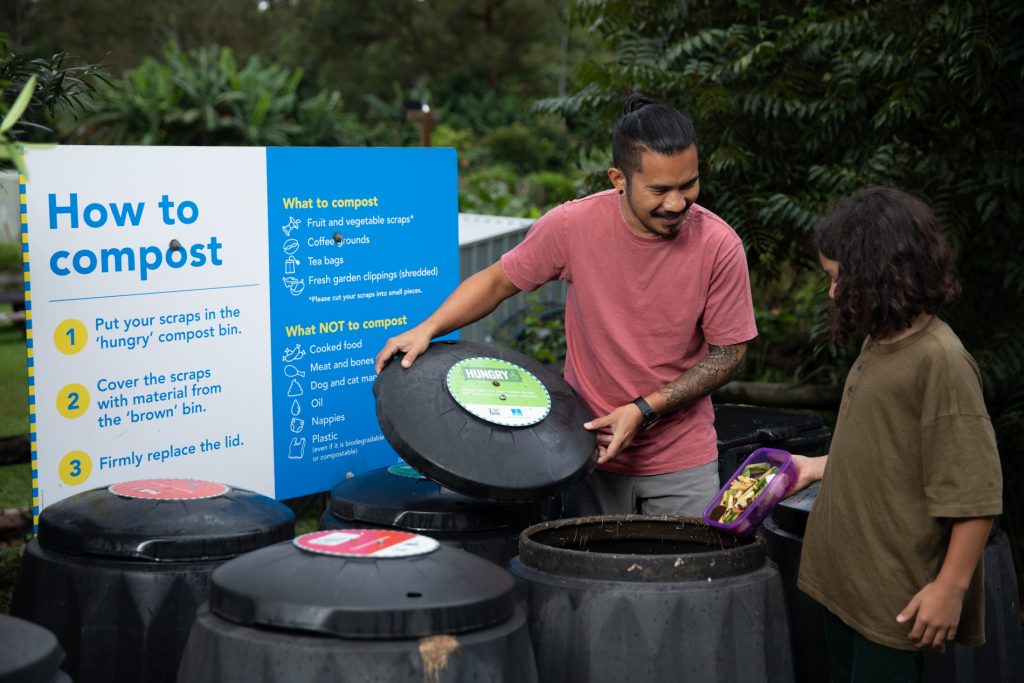
How to get a Bokashi Bin
Bokashi bins, brans and sprays are widely available online, in eco-stores, hardware stores and some gardening stores. You can take advantage of Brisbane City Council’s compost rebate program, where, if eligible you can be reimbursed $70 towards the purchase of your bokashi bin.
If you’re the do-it-yourself type, internet searches will reveal DIY options to make your own, if that is your preference.
Practicalities and tips for using a bokashi
Finally, we’ll leave you with some tips and hints from our Brisbane Carbon Challenge coaches and champion households on what they learnt using their bokashi bins:
- If you produce more ‘bokashi tea’ than you can use with your plants, empty the liquid in drains to put good bacteria back into your drains and waterways. You will want to flush out, as in our experience, the tea doesn’t smell ‘mild and sweet smelling’ as adverts might suggest – it can be rather stinky! A good flush of water helps remove this smell and moves the liquid through your drains.
- Get two bokashi bins – that way you can let one ferment while filling the other one – meaning you will always be able to collect your food waste.
- Bokashi bins are great to be used in conjunction with a typical garden compost bin or worm farm. Put your garden and raw fruit/vegetable waste in the traditional compost bin, and cooked food waste in the bokashi bin. Empty the fermented bokashi mix when it’s full.
- When collecting scraps, keep your compost caddy in the fridge to avoid bad smells on the counter.
The big issues of our times – such as the enormous issue of global food waste and rising carbon emissions – can seem overwhelming at times. However, with small, simple actions at home – such as using a bokashi bin to ferment your leftovers and scraps, we can all play our part. If you have any tips or hints to share on using a bokashi bin, head over to our Facebook or Instagram page and let us know.
The author

Cherie Pasion
Cherie worked at Brisbane Sustainability Agency, and is a self-confessed energy nerd committed to a slow-living lifestyle.

